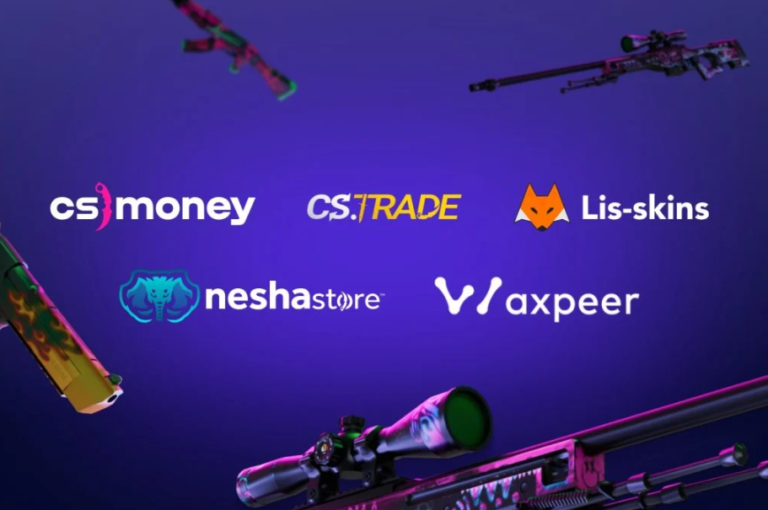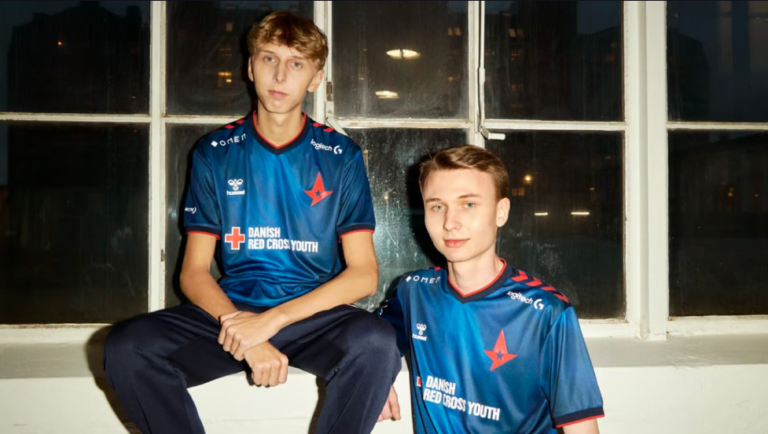CS2 vs. League of Legends
Two titans: Counter-Strike 2 and League of Legends. While these games fall into different genres, they share a common thread – a thriving skins economy. In this blog post, we’ll delve into the fascinating world of skins, comparing the economies of CS2 and League of Legends.
CS2 Skins Economy
Item Rarity:
| Rarity | Description |
|---|---|
| Consumer | Common skins with basic designs. |
| Industrial | Slightly rarer skins, often with unique themes. |
| Mil-Spec | More elaborate designs, garnering attention. |
| Restricted | Uncommon and sought-after skins. |
| Classified | Rare skins, often featuring intricate details. |
| Covert | Ultra-rare, highly desirable skins. |
| Contraband | Extremely rare, often limited edition skins. |
Trade and Market: CS2’s skins economy derives its momentum from a resilient marketplace where participants can engage in the exchange and sale of skins through the Steam Community Market. Prices undergo fluctuations in response to both demand and rarity. Serving as a centralized hub, the Steam market offers a secure environment for players involved in transactions, ensuring a safe space for buying and selling activities.
Special Editions: CS2 occasionally releases special edition skins tied to major tournaments. These limited-time skins, often referred to as Souvenir skins, can become highly sought after due to their exclusivity and connection to prestigious events.
Weapon Cases: CS2 introduces weapon cases, which players can unlock to obtain random skins. The rarity of items in these cases varies, making the process of obtaining high-tier skins both thrilling and unpredictable.

League of Legends Skins Economy
Skin Tiers:
| Tier | Description |
|---|---|
| Common | Basic skins with minimal changes. |
| Rare | Skins with more significant alterations. |
| Epic | High-quality skins, often featuring new animations. |
| Legendary | Exceptional skins with unique themes and effects. |
| Ultimate | The highest tier, featuring extensive changes and animations. |
Riot Points: League of Legends operates on a virtual currency called Riot Points (RP), which players can purchase with real money. Skins are then bought using RP, creating a direct revenue stream for the developers.
Event Skins: League of Legends frequently hosts in-game events, offering exclusive skins as rewards. These limited-time offerings add a sense of urgency and exclusivity to certain skins, driving player engagement.
Hextech Crafting: League of Legends introduces Hextech Crafting, a system where players can earn free skins by playing the game and obtaining Hextech Chests. These chests can be unlocked with Hextech Keys, creating an alternative method for acquiring skins without spending real money.

Comparing CS2 and League of Legends Skins Economies
| Aspect | CS2 Skins Economy | League of Legends Skins Economy |
|---|---|---|
| Trade and Market | Robust marketplace on Steam. | In-game transactions using Riot Points. |
| Item Rarity System | Diverse rarity levels, from Consumer to Contraband. | Tiers ranging from Common to Ultimate. |
| Special Editions | Souvenir skins tied to major tournaments. | Event-exclusive skins during in-game events. |
| Random Item Acquisition | Weapon cases with randomized contents. | Hextech Crafting provides free random skins. |
In conclusion, both CS2 and League of Legends have established thriving skins economies, each with its unique features. CS2’s market-driven approach and connection to major tournaments create a dynamic environment, while League of Legends’ RP-based system and emphasis on in-game events cater to a diverse player base. Whether you’re into the strategic battles of CS2 or the fast-paced action of League of Legends, the skins economy adds an extra layer of excitement to these gaming giants.
Discovering more about Counter-Strike? Get ready to elevate your game! With CS2 Boost, you can swiftly play at the rank that suits your skills. Purchase now and begin your journey to improvement!






